This website uses cookies so that we can provide you with the best user experience possible. Cookie information is stored in your browser and performs functions such as recognising you when you return to our website and helping our team to understand which sections of the website you find most interesting and useful.
The attractions of La Place: an interview with Paul Hobbs
By Colin HayPaul Hobbs has rapidly established himself as an hors Bordeaux star of La Place, with Cobos, from Mendoza, and Cristina’s Vineyard, from Coombsville in the Napa Valley, already icons of its September releases. He speaks to db Bordeaux correspondent Colin Hay.
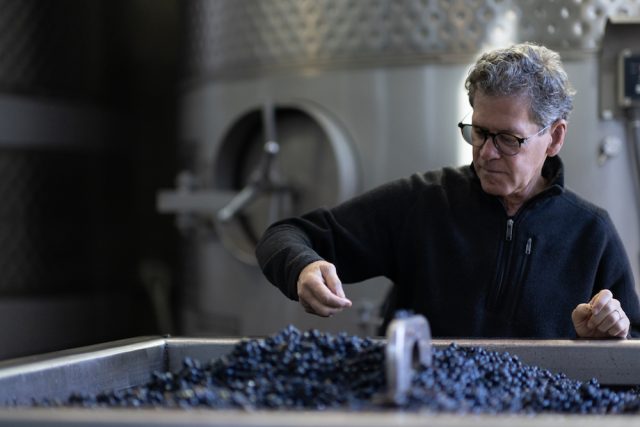
Hobbs’ links to Bordeaux are more long-established and his influence over the wines coming to La Place is more extensive than often assumed. Indeed, there is no-one better placed to understand both the opportunity of La Place beyond Bordeaux and the challenges it faces today.
I sat down with him on his final visit to Bordeaux before the September releases to discuss La Place, its evolution, the difficult market context and, of course, his new releases – both of which we tasted together. I started by establishing a little of his personal biography.
CH: Can you tell us about your history in wine. When did it start and how did you get from there (Mondavi at the beginning) to here (your second set of releases on La Place)?
PH: Following my master’s degree work at UC Davis and a thesis comparing French to American oak extracts, I began my winemaking career in 1978 working side-by-side with Robert Mondavi. He also entrusted me with a life-changing role on the inaugural Opus One team. After seven years with Robert Mondavi Winery, I served as winemaker at Simi Winery before consulting several renowned estates with the idea of understanding different terroirs and being able to finance my own business.
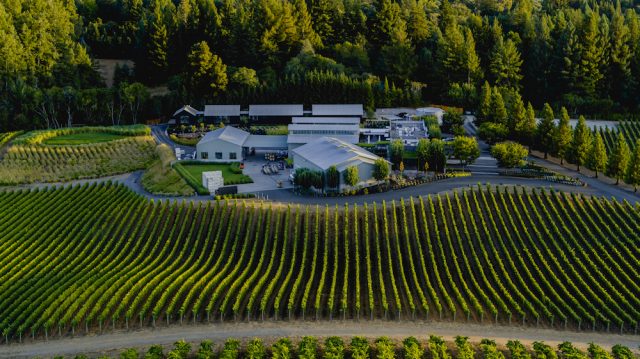
In 1989, I began consulting for Argentine wineries, and by 1991 I founded Paul Hobbs Winery in California. In 1998, I decided to create my own Argentine project, Viña Cobos.
These years of exploration, research, and refinement of our wines allowed us to launch our flagship Cobos Malbec 2019 on La Place de Bordeaux in 2022, followed by the release of Cristina’s Signature 2020 from the Napa Valley in 2023.
CH: And how did you get from Napa to Mendoza?
PH: I was looking for new challenges in my career. In March 1988, as the harvest was just about to get under way in South America, I decided to make a trip to South America. Initially, I was not even planning to go to Argentina! I’d heard so many bad things from colleagues and the press that Argentina was a wasteland making only poor-quality basic wines. I was interested in Chile.
To that end, I organized a trip in March 1988 to explore the wine industry of that country. But I made a mistake, a good one … I invited a friend to join me. When my host from UC University realized that I’d invited an Argentinian to the tour he threw us out! So, we drove to Mendoza the next morning. As we descended the Andes on Ruta 7, I saw my first vineyards in Mendoza and was really impressed. And that began my curiosity and marked my initial footprint in Argentina.
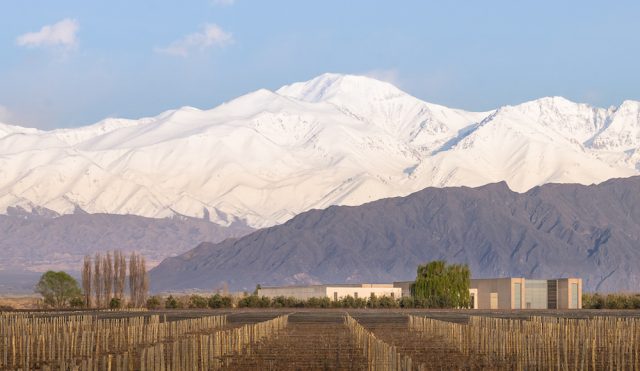
CH: Turning to this project, what first tempted you to bring Cobos from Mendoza and then Cristina’s Signature from Napa (last year) and to La Place?
PH: La Place emerged as a natural step for both brands. After establishing Paul Hobbs Winery and Viña Cobos in their respective home markets and globally, with Paul Hobbs Winery being a benchmark for Cabernet Sauvignon, Chardonnay, and Pinot Noir, and Viña Cobos a benchmark for Malbec, the next step was to enter this prestigious distribution network to continue to build their international presence. We are honored to be part of La Place, where we find ourselves alongside the world’s great exponents of the world’s leading wineries.
CH: … and how did you decide on these particular wines from your portfolio? Is the idea to stick at 2 wines or do you see the prospect of bringing more to La Place over time, perhaps as market conditions improve?
PH: The first step was with Cobos Malbec. This wine is clearly the greatest representation of Viña Cobos’ philosophy and vision of being a great ambassador of Argentina to the world. Unlike many wineries, Viña Cobos was born with its iconic wine; it was our first label in the portfolio and a wine that has broken many paradigms for Argentina and South America.
Cobos Malbec was the first wine from South America to receive a perfect score (100 points) from renowned international wine critics. It has shown innovation over the years demonstrating the diversity and quality evolution of Argentina; initially made with grapes from Luján de Cuyo, we later included grapes from the Uco Valley. Cobos faithfully reflects our winery’s philosophy of innovation and has become a benchmark for Argentine Malbec.
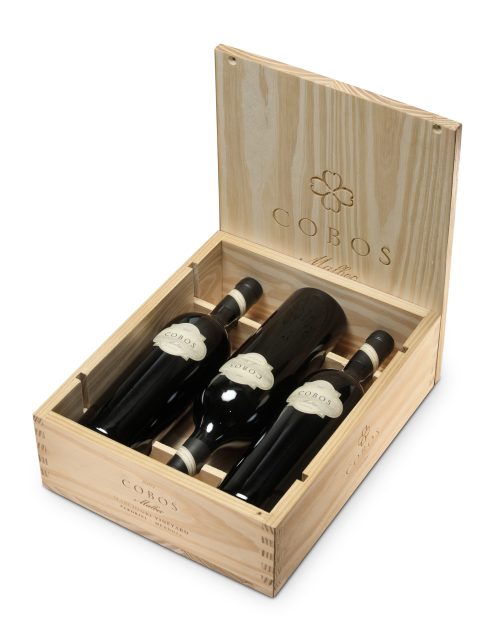
The second step was with Cristina’s Signature from Napa Valley. Paul Hobbs Winery is known for innovation and discovery, and one of our most significant developments has been our work in Coombsville, particularly in our Nathan Coombs Estate vineyard. Due to its soil and climate, I consider this area to be exceptionally important for Napa Cabernet Sauvignon. Cristina’s Signature comes from select plots of this vineyard, and my wife Cristina, a great artist, has imprinted her touch on the label design.
As for whether we will continue just with these two wines or introduce more, the opportunities that La Place offers us for the future are numerous. We will take them step by step and develop them over time following our commitment to strengthening our brands in the key international markets.
CH: Is the challenge of bringing the wines of Napa (such as Cristina’s Signature) to La Place different from that of bringing a wine like Cobos from Mendoza to La Place?
PH: The challenge is significant for both wines. While Napa has a more recognized global positioning and image in fine wine compared to Argentina, we aim to showcase the development in the up-and-coming Coombsville appellation. Therefore, with these two wines, we have paradigms to break and new opportunities to propose.
Also, it is not just about entering La Place, but about offering something attractive that adds value to the négociant’s portfolio and their international fine wine customers.
CH: Does one work better than the other?
PH: Having two wines is highly complementary; each reinforces the other because, at their core, they both reflect my own winemaking philosophy. They are each unique representations of their distinct terroirs, yet they are very consistent and complement each other, showcasing the best of these two world class appellations.
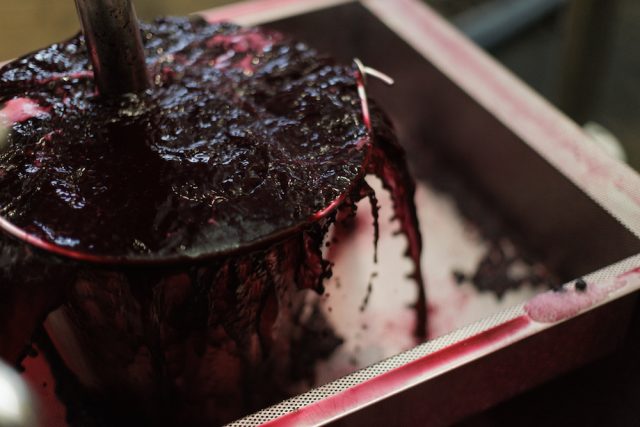
CH: What do you see as the advantages of La Place’s global distribution model to relatively small top-end producers such as yourself?
PH: From the beginning of Viña Cobos, we have defined our role as elevating Argentina to the status of a world class appellation, and Viña Cobos as a reference for Malbec. Paul Hobbs Winery follows the same vein of inspiration with our Nathan Coombs Estate, taking Coombsville to the international market and positioning it as a unique and very important cool climate AVA from Napa Valley.
Being offered through La Place immediately elevates our wines to a higher state, placing them among the most sought-after wines in the world. This was our goal—to see our wines stand alongside the great wines of the world. It is a significant achievement.
Regardless of the distributor’s size, this is a recognition of the brand’s pedigree and a mark of trust on its origins, our team’s farming and attention to detail. Additionally, it provides access to a world renown distribution network that is very difficult to achieve independently.
CH: Are there any disadvantages?
PH: If there are any disadvantages, the advantages certainly outweigh them. That is why we decided to join La Place. We are 100% committed to the project and looking forward to establishing our footprint in such a prestigious network.
CH: It’s difficult not to see the global fine wine market as in the doldrums right now – the market conditions are perhaps as difficult as they have been in a generation. Does a distribution through La Place help insulate you from that effect? Or, conversely, is it a multiplier of the effect? Or is it more neutral?
PH: Overall, there is a sense of a more complex year, yet we see opportunities, especially for small and boutique fine wine producers like ours. We identify potential across various markets, focusing our efforts with La Place and our importers on these opportunities. We work closely with them, visiting the markets, communicating the particularities of our wines, and striving to improve our quality each year.
During challenging times, we strengthen our relationships with our distributors to provide them with the necessary support to ensure we are telling our story and representing our wines on a personal level.
CH: After a somewhat glacial opening to the Bordeaux 2023 en primeur campaign, despite in many case significant reductions in release price and wines feted by the critics, how do you view the prospects for September’s hors Bordeaux releases? Can these lead the market out of the doldrums?
PH: Covid unsettled the world more than I think many imagined and the recovery continues to be a long and windy road. Have we hit bottom yet? Are scrapping along there for a while longer before we start to see lift? What I don’t see is a rapid rise out of this and some of these needed corrective steps take in some cases time before they are realized and once realized, to execute and act on them in an appropriate way. I’m an optimist and what I can assure is that we will do our part in bringing forth our best while we work through to better times.
CH: Turning to your own releases (Cobos 2021 and Cristina’s Signature 2021), what should we be looking out for in Napa and in Mendoza in 2021 – both fabulous vintages I think?
PH: Cobos Malbec 2021 is a fine representation of Mendoza and Argentina, committed to evolving and to authentically representing the country. This ethos is ingrained in Viña Cobos, where each year, through precision farming and innovation, we strive for wines of great excellence. The 2021 harvest was excellent and marks one step forward in terms of quality and precision. It is a wine sourced from Viña Cobos’ finest estates, with each site contributing unique notes of freshness, tension, and elegance.
We are thrilled to partner with La Place de Bordeaux for the second release of our single vineyard blend, the 2021 Cristina’s Signature. For over a decade, the Coombsville AVA has been known for its unique terroir and exceptional wines. We are eager to showcase the unparalleled quality of our Nathan Coombs Estate and this region to the world as we continue to build our presence with La Place.
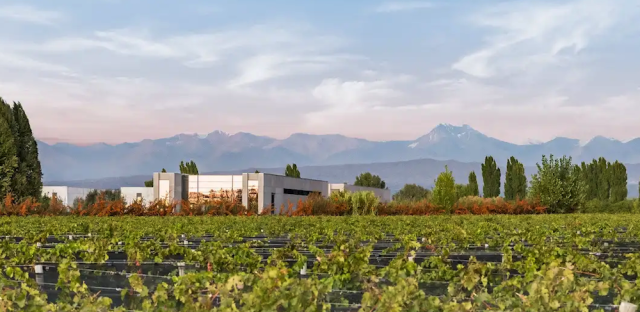
CH: And, finally, do you have any advice to those enticed to follow you lead and thinking of bringing their wines to La Place?
PH: La Place is an excellent channel for promoting and distributing luxury wines, and it would excite everyone to participate. However, it’s important to emphasize that it requires prior groundwork that is appreciated by consumers—in farming practices, winemaking, and branding. This ensures that when wines arrive on La Place, they are ready to stand alongside the world’s best.
We must offer to La Place products that add value, that contribute to diversity and innovation and, ideally, that already have some significant degree of worldwide name recognition.
Tasting notes
Cobos 2021 (Mendoza; 100% Malbec; 15% alcohol; tasted with Paul Hobbs in Bordeaux and then at the Joanne press tasting). Inky. Creamy. Wild and ‘sauvage’ as the French would have it. Rich, full, plump, but ethereal and incredibly elegant and lifted for a wine with such considerable density, intensity and mid-palate richness and concentration. A very floral and aromatically expressive Malbec – with lovely Szechuan and rose peppercorn notes, rose petals too and wild thyme (which is apparently naturally present in the vineyard). Squid ink. Graphite. Iodine. Crushed rocks. Cassis. Blackberry, black cherry and bramble. Chocolate. Roasted coffee bean. I love the ripples of freshness that seem to radiate upwards from the depths of the glacial mid-palate, bringing additional textural interest. Very fluid and engaging. This finishes very high in the mouth and it is incredible, given the structure of this wine, how soft and caressingly gentle those tannins are all the way to the finish. Texturally sublime and wonderfully vivid and fresh, but all in harmony. Better than the 2020. 99.
Paul Hobbs Cristina’s Signature 2021 (Nathan Coombs Estate, Coombsville, Napa Valley; 100% Cabernet Sauvignon; 14.5% alcohol; tasted with Paul Hobbs and then at the Joanne press tasting). Full. Tight. Dense and compact. Graphite and a touch of cedar. So spherical in form – and, interestingly, one senses that already from the aromatics. Cinnamon, white pepper, cassis, a hint of blackcurrant leaf, sage, oregano. Peony and rose petal. So plush, plump and full in the mouth – that spherical form anticipated from the aromatics so vividly present on the palate. Crystalline and limpid, lithe and engaging. I love the little grip of the ultra-fine grained tannins – the Paul Hobbs signature – and the graphite that is the terroir signature, Cristina’s signature. Incredibly long and gently tapering towards a far-distant horizon. So pure and integral, so fine and elegant. A staggering wine with great ageing potential that is already fabulously accessible and utterly beguiling. Spectacular. 100.
Related news
Macallan releases oldest whisky to date in very limited release

